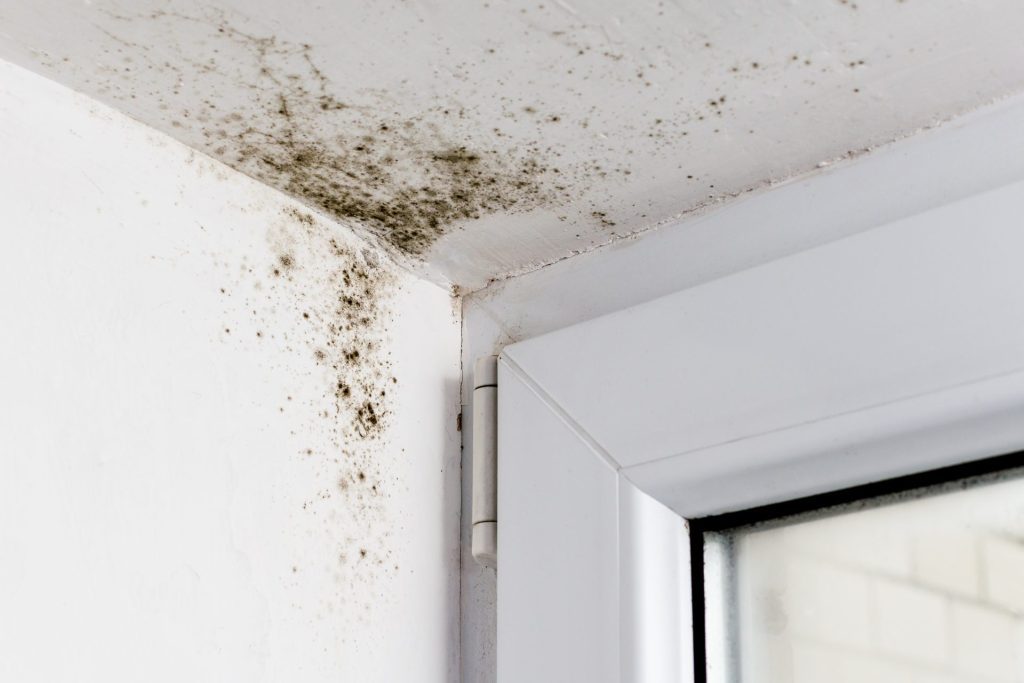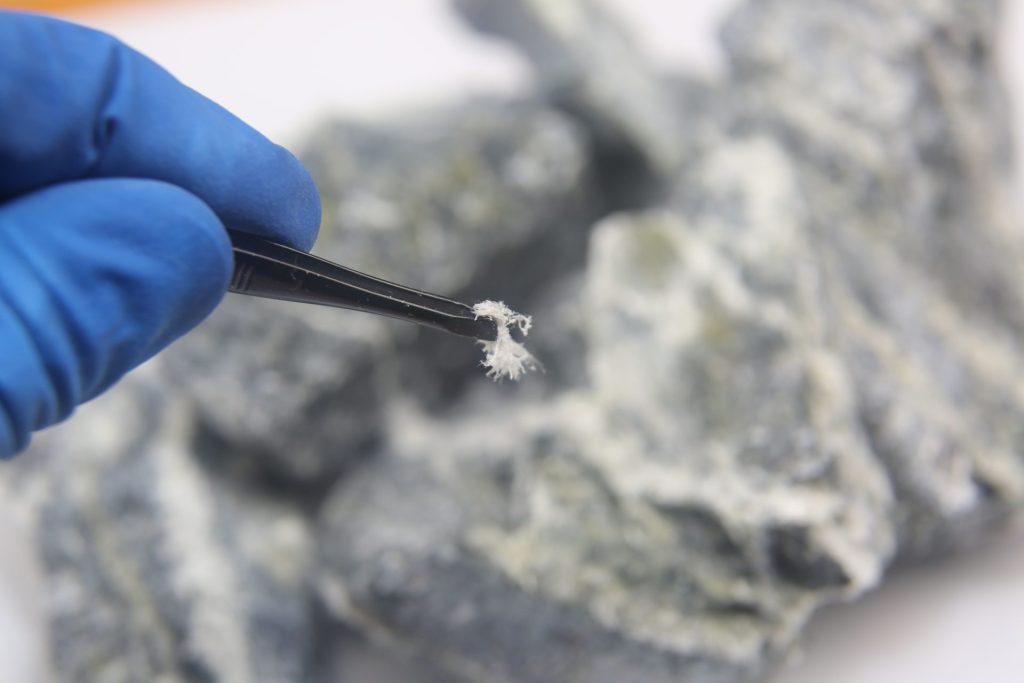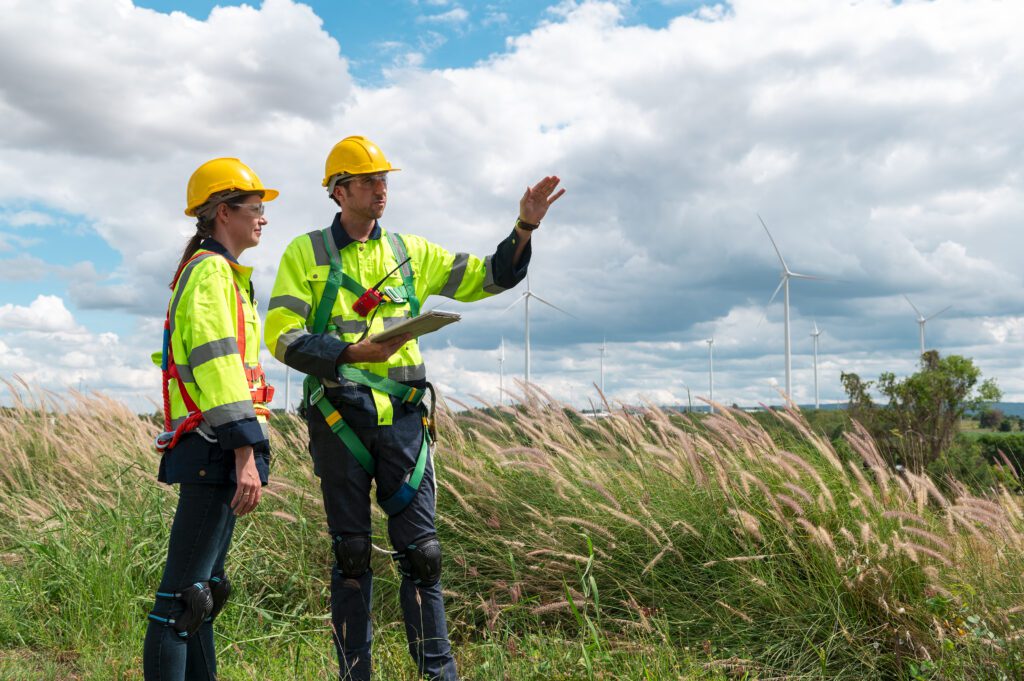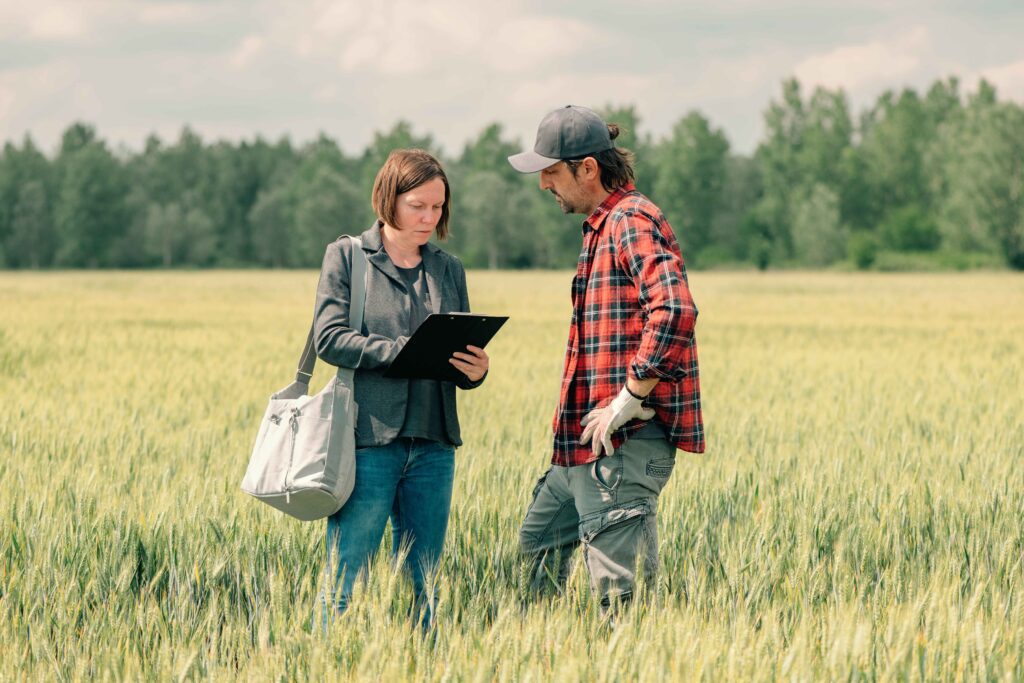Older buildings, while exuding charm and historical significance, can also harbour hidden dangers that pose serious health risks. Two of the most prevalent issues in such structures are mold and asbestos.
Understanding how to detect, evaluate, and remediate these hazards is crucial, especially for stakeholders in the real estate and property management sectors, involved in estate planning, land appraisal, and commercial real estate appraisal.
What are the Dangers of Mold and Asbestos?

Mold and asbestos are notorious for their adverse health impacts. Mold can cause respiratory issues, allergic reactions, and even long-term health problems if not addressed promptly.
Asbestos used to be commonly used in construction because it was fire-resistant. However, it is now understood that breathing in asbestos fibers can lead to serious health problems. These health issues include lung cancer, asbestosis, and mesothelioma.
How to Detect These Substances
Detecting mold and asbestos can be challenging without professional help. You can usually see mold and identify it by its musty smell. However, building materials often hide asbestos, and visual inspection alone cannot confirm its presence.
Professionals, like us at Property DNA Group, employ various techniques for accurate detection. This includes the Phase 1 Environmental Site Assessment (ESA), a crucial step for anyone involved in commercial property appraisals or dealing with properties in areas like Grand Prairie, Lethbridge, or Southern Alberta.
Remediation for Mold and Asbestos
The remediation processes for mold and asbestos differ significantly:
1. Mold Remediation:
- Identify and rectify the source of moisture.
- Remove contaminated materials safely.
- Clean and disinfect the area thoroughly.
2. Asbestos Remediation:
- Seal off the affected area to prevent fiber dispersion.
- Wet methods to minimize dust.
- Safe removal and disposal by certified professionals.
Consulting with property appraisers will ensure that you safely and compliantly remediate the property.
What are the First Signs of Asbestos Exposure?

Early signs of asbestos exposure include respiratory difficulties, persistent coughing, and chest pain. These symptoms can take years to develop after exposure, making asbestos particularly dangerous.
Where is Asbestos Still Used?
Asbestos use dates back to the late 1800s, particularly in insulation and fireproofing applications in buildings and industries. Asbestos is still being used in some parts of the world, despite its well-known dangers. It is commonly found in roofing materials, automotive parts, and insulation products.
Floor tiles containing asbestos typically date back to the mid-20th century and are thicker and more rigid than modern tiles. If you’re wondering if your floor tiles contain asbestos, we recommend professional testing for accurate identification.
When was Asbestos Used in Plaster Walls?
People often used asbestos in plaster walls from the early 1900s until the 1970s when regulations limited its use.
How is Asbestos Detected in Buildings?
Chrysotile, known as white asbestos, is the most common form found in buildings. Many people used it in roofs, ceilings, walls, and floors.
Asbestos detection in buildings requires professional sampling and laboratory analysis to confirm its presence and type. This is a service offered by commercial appraisers and property appraisal experts who understand the complexities involved.
Navigating the complexities of mold and asbestos in older buildings requires a comprehensive approach involving detection, appraisal, and remediation. Property DNA Group provide important services to ensure properties are safe and meet health regulations in southern Alberta, Lethbridge, Grand Prairie and surrounding areas. Whether you’re involved in commercial real estate in Lethbridge or managing properties across various regions of Southern Alberta, understanding these risks and how to address them effectively is crucial for protecting both health and investments.
Contact us for more information on how to safely manage the complexities associated with older properties.






